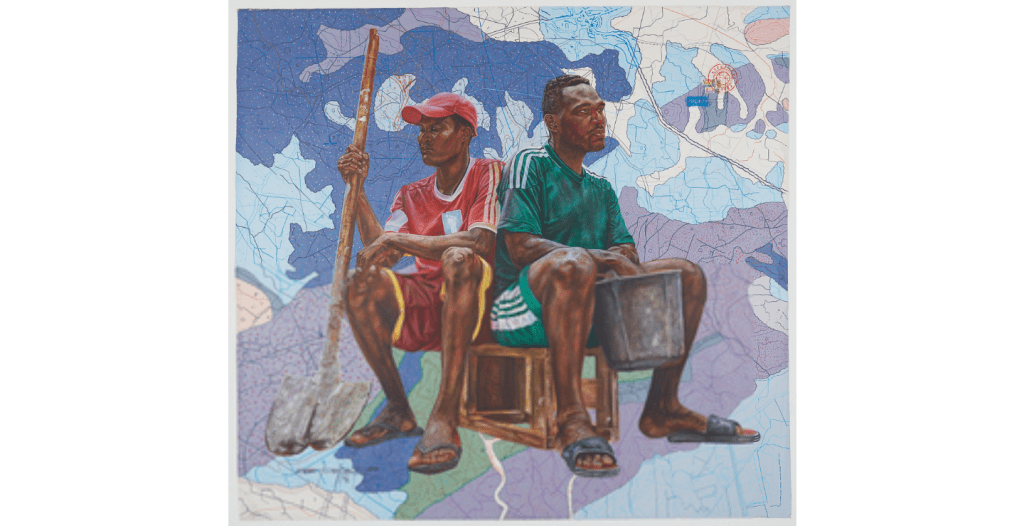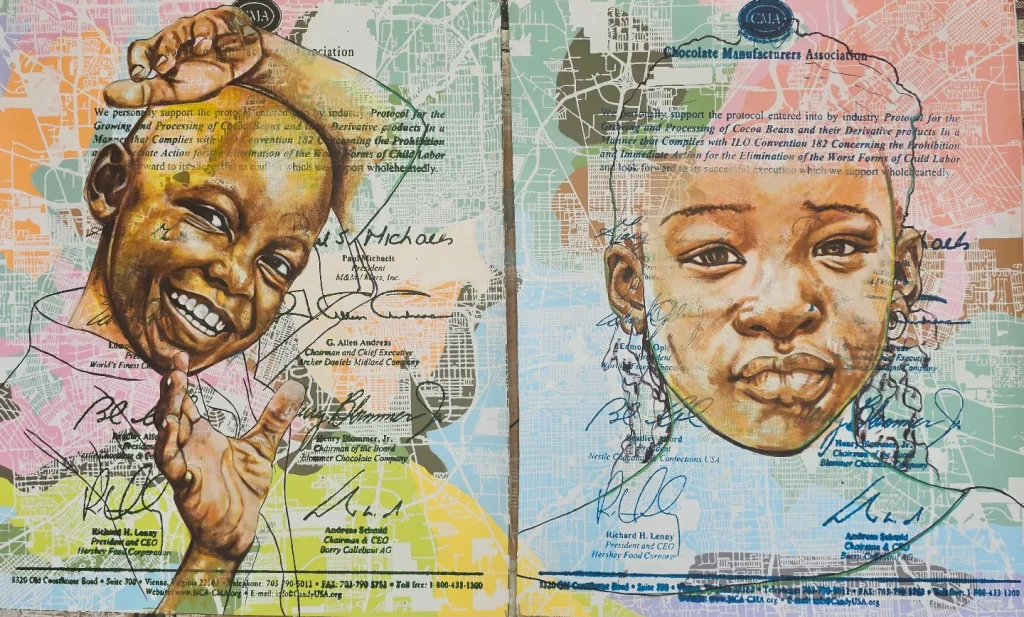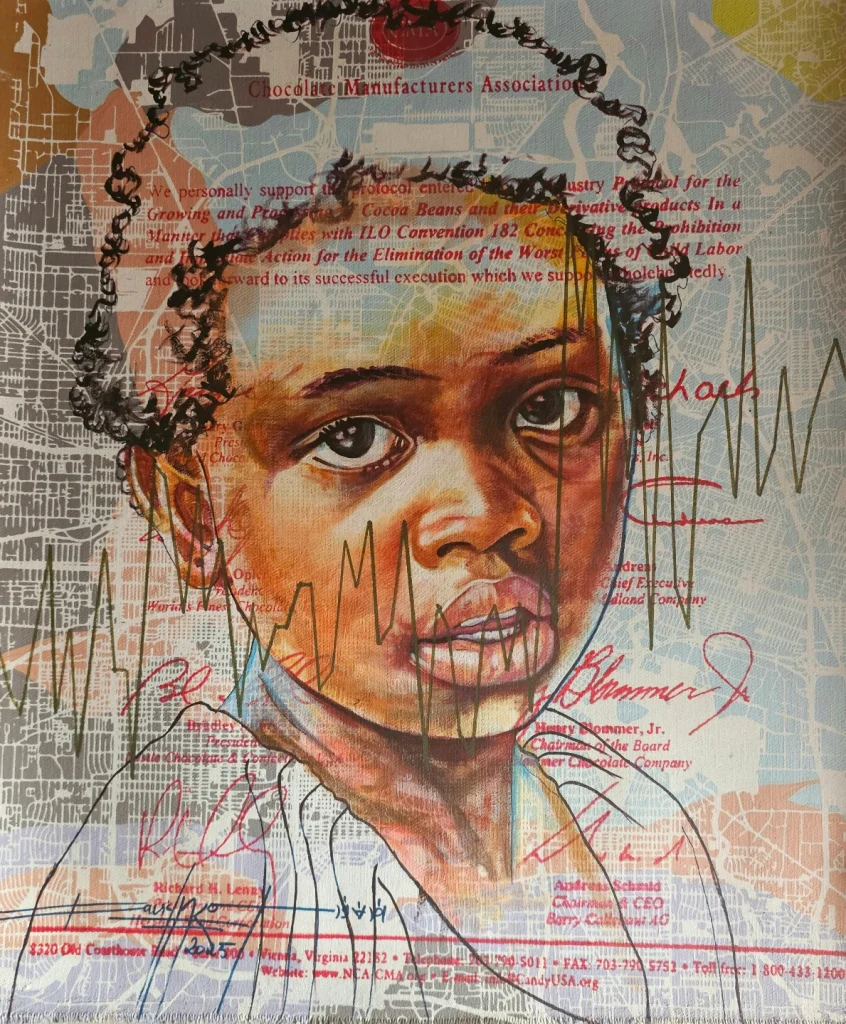The African contemporary art scene is currently thriving, with artists across the continent making waves with work that provokes, awes, inspires, and subverts. Here is our list of 10 African artists to watch.
- Aliou Diack – Senegal
Aliou Diack grew up in a small Senegalese village in the middle of a forest. At the age of ten, he moved to Dakar. A nostalgia for the flora and fauna of his village inspired him to start painting and drawing the forest he so missed.
Inspiration: Animals and nature; the symbiotic relationship between humanity and the natural world.
Why we love his work: While rooted in the earth through his use of natural pigments that he sources locally or makes himself, Diack’s artworks also have a dreamlike, ethereal quality – like a path of bread crumbs the viewer has to follow through a metaphorical forest. As a child, Diack’s path to school went through the forest where he could hear birds and animals, but was too scared to look. This childhood memory is reflected in his work: His animal figures aren’t always totally recognisable, as if you are walking through a forest and while you can hear them, you don’t dare to take a good look. According to Diack, when he puts himself in front of a blank canvas: “the brush becomes a machete and the canvas a kind of dark and dangerous space that I have to cross in creating my way.”
Photo by @jaakwaar
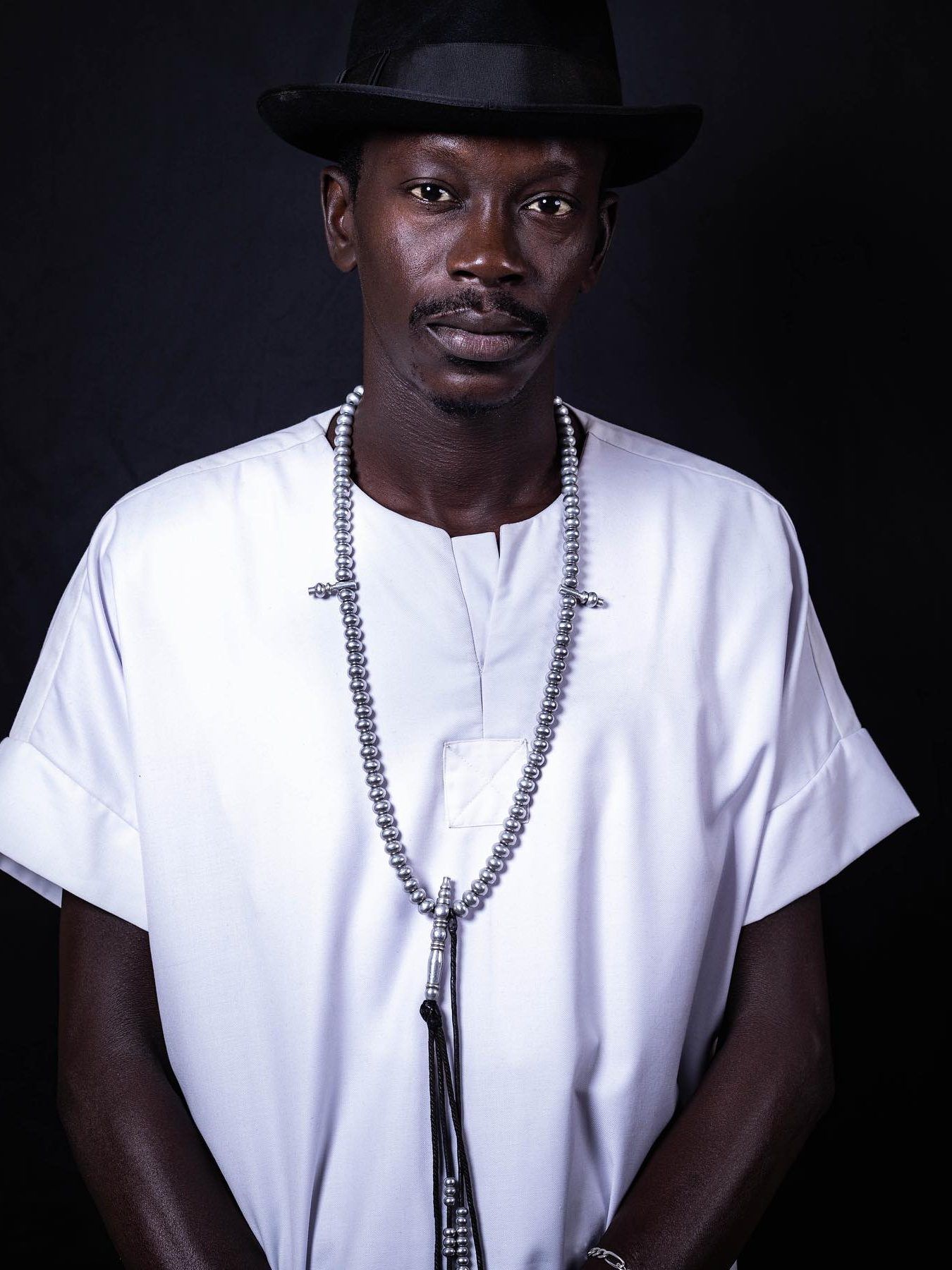
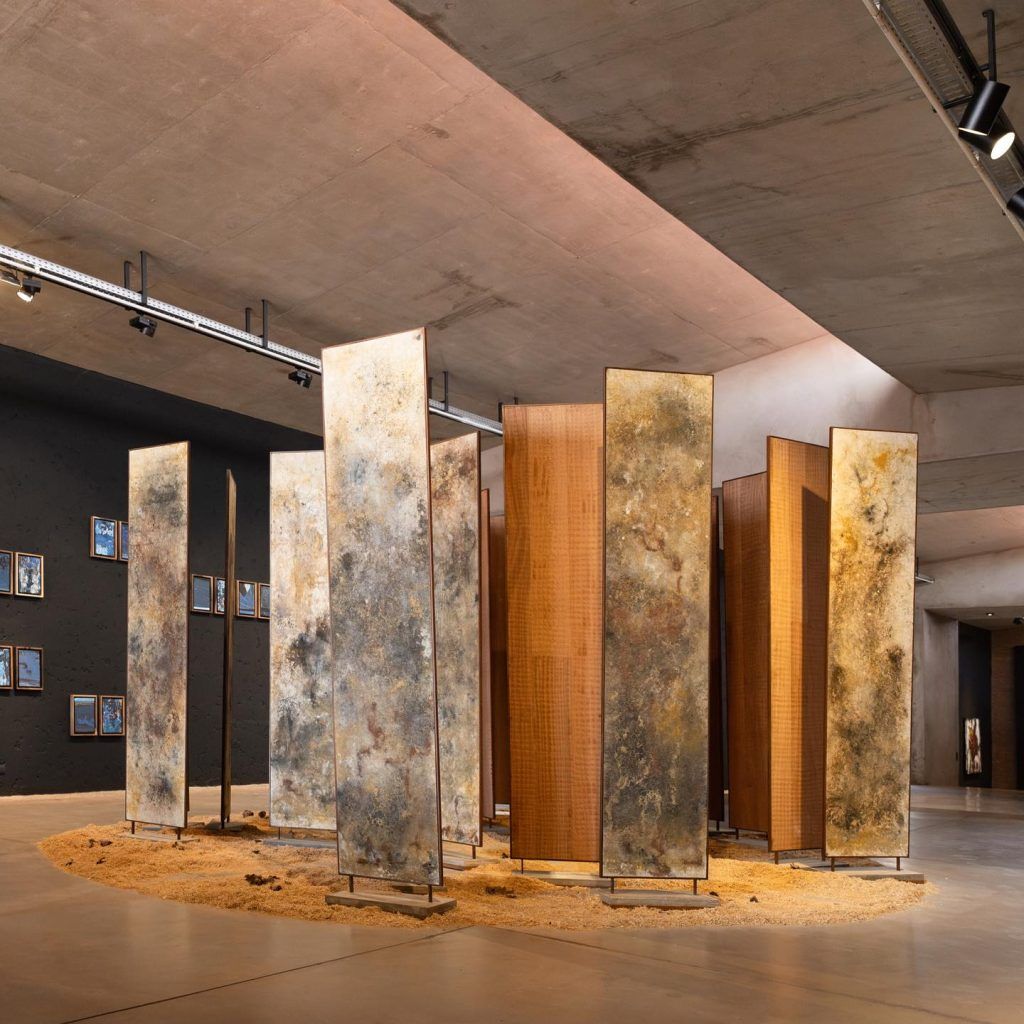
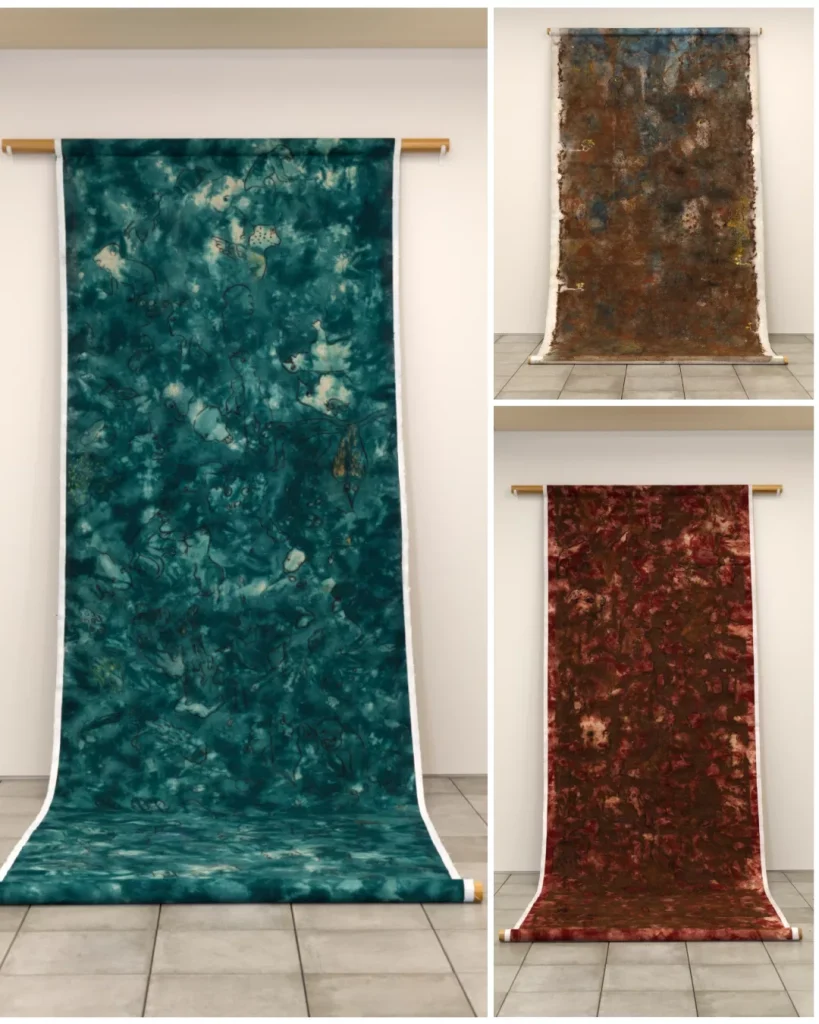

- Carl-Edouard Keita – Côte d’Ivoire
Born in Abidjan and currently dividing his time between the city of his birth and New York, Carl-Edouard Keita’s life took an unexpected turn when, while studying economics in Atlanta, he did a course in the history of African art that sparked an aesthetic awakening.
Inspiration: Everything from cubism to African primitive art, jazz and constructivism.
Why we love his work: Each drawing is a narrative that make connections between continents and eras, documenting our globalised society through lines, curves and geometric forms.
Photo by @nuits_balneaires
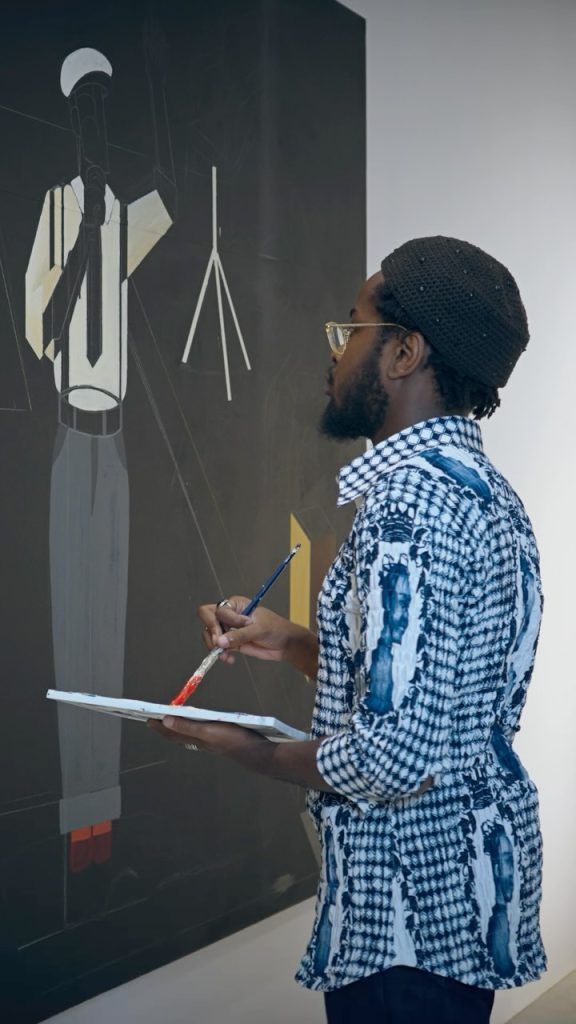
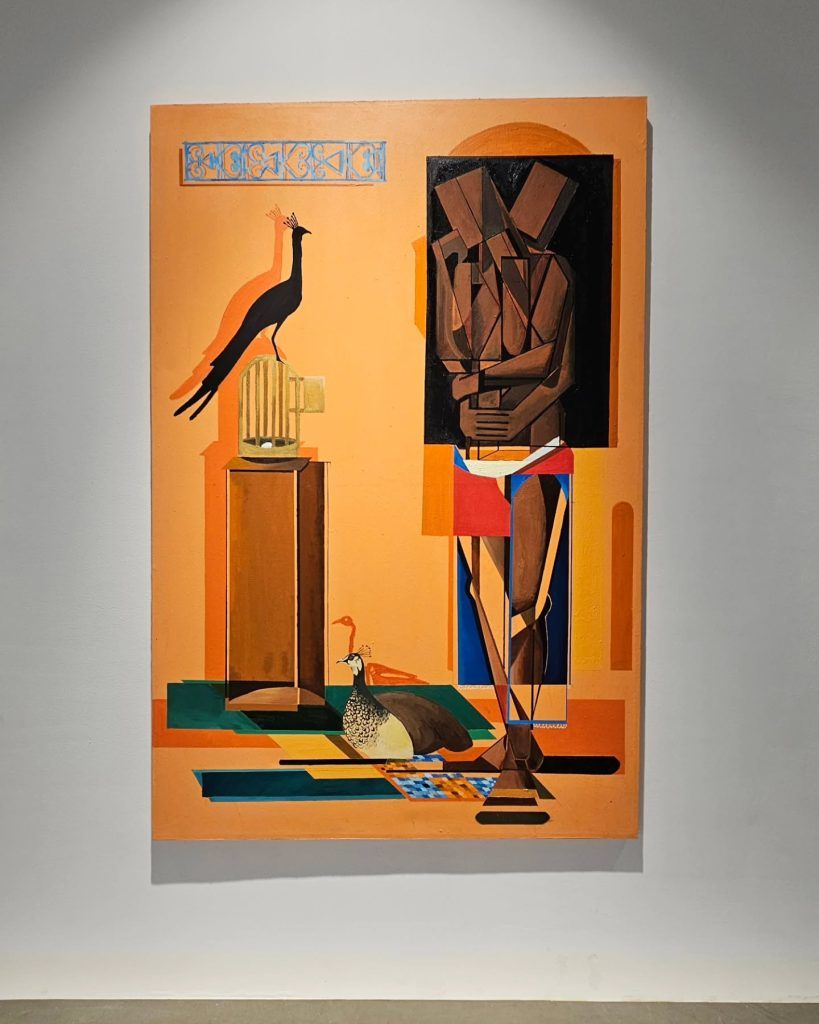
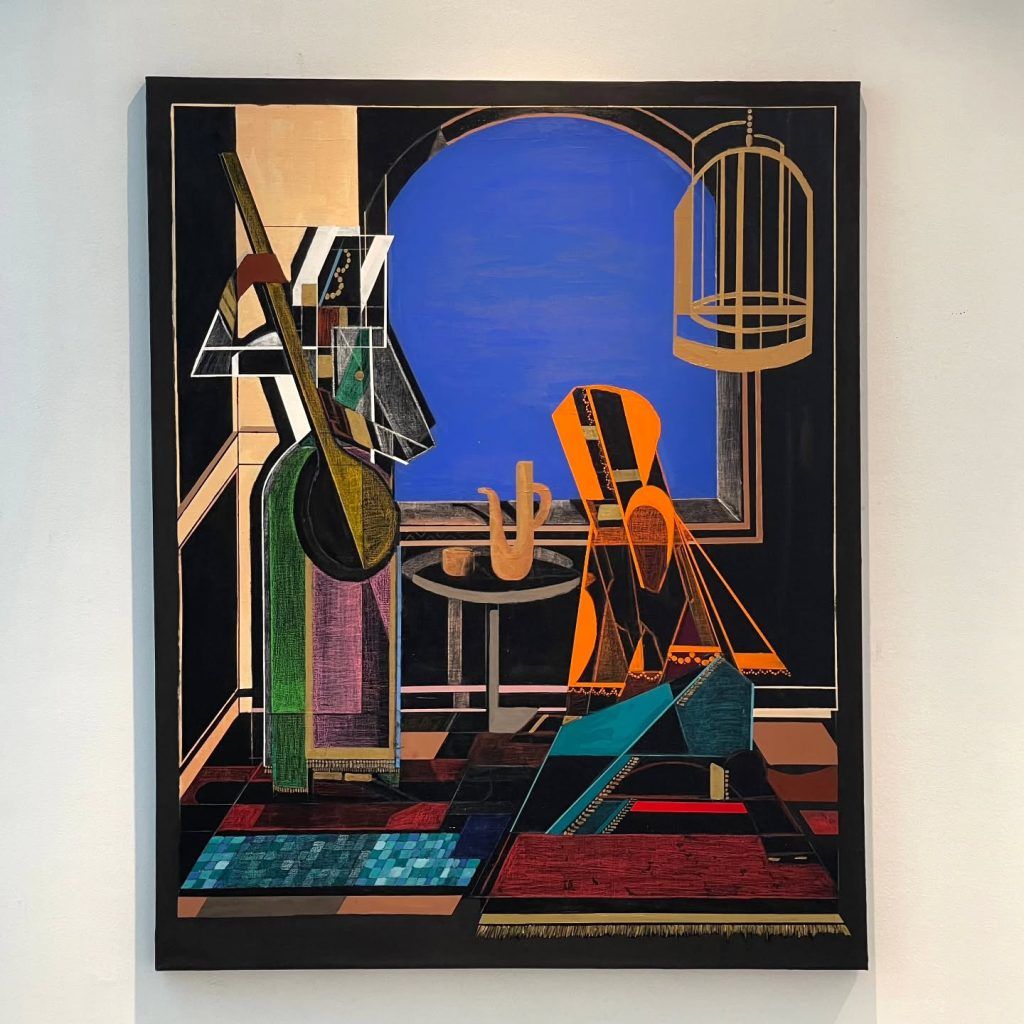
- Cassi Namoda – Mozambique
Mozambiquan portrait painter and performance artist, Cassi Namoda, uses paint to weave the personal and historical into vibrant, dreamlike narratives. Born in Maputo, Namoda has lived in various countries and her nomadic lifestyle and multicultural identity informs her work.
Inspiration: The art-historical canon, literature, cinema, architecture, fashion, African indigenous religions as well as Western mythologies.
Why we love her work: Namoda marries memories with archival photographs to create magical realist portraits. Before pivoting to fine arts, she studied cinematography at the Academy of Art University in San Francisco, and this influence is evident in her use of narrative frameworks, storytelling and imagined characters.
Photo of artist via : @artbasel by: @byjuhi @karimcrippa @parlez_vous_style
Photo of artist via @mothermag by: @xchiaralombardix
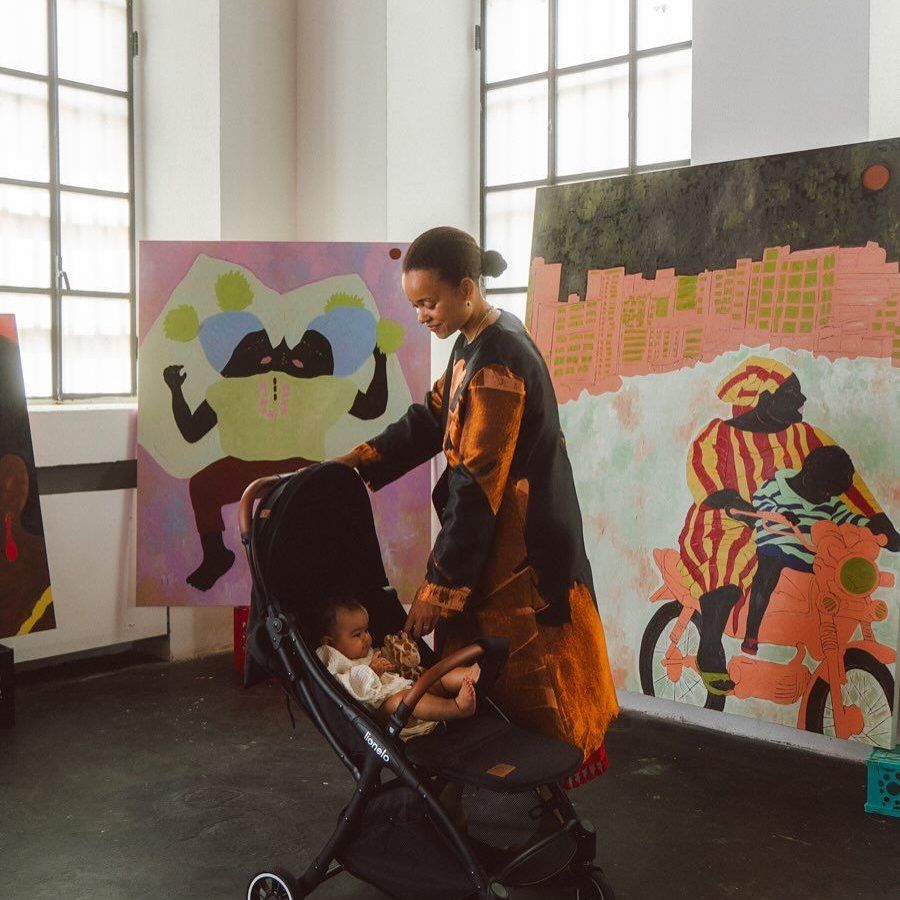
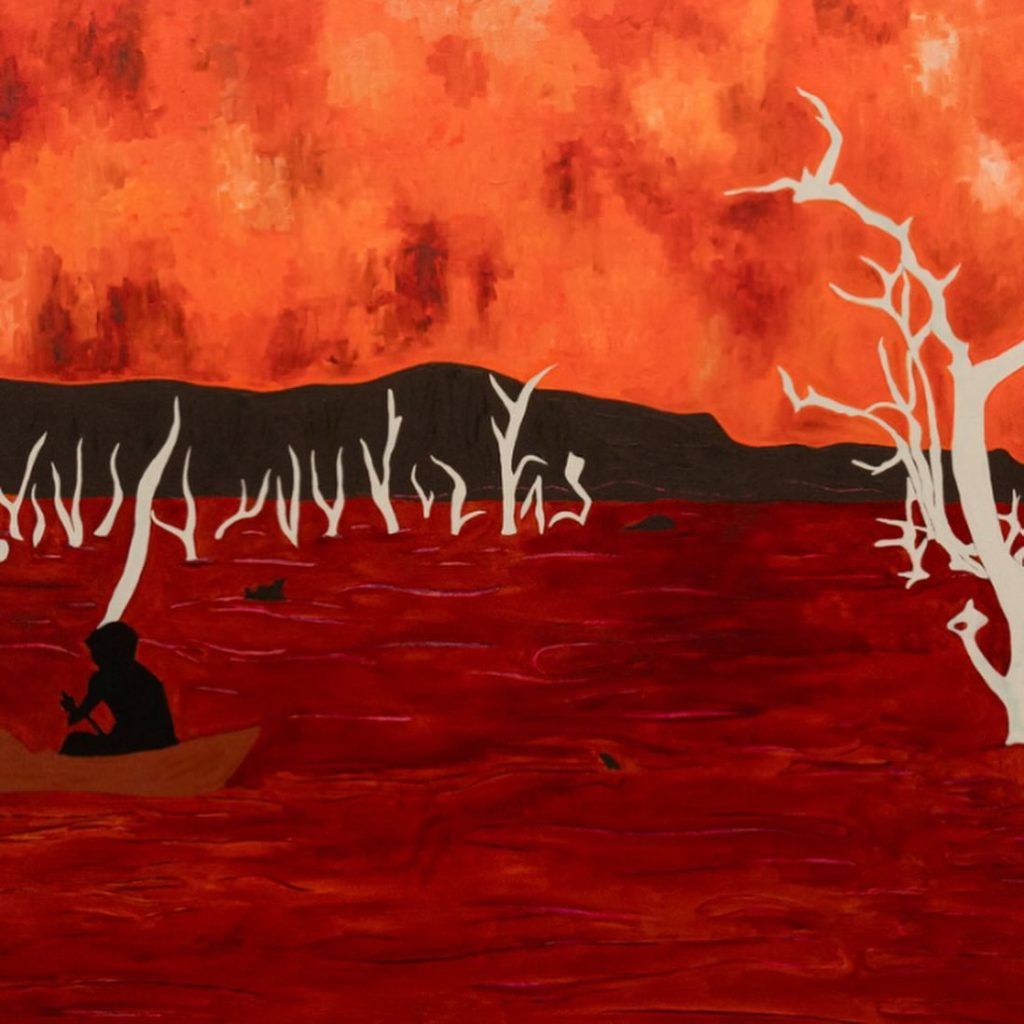
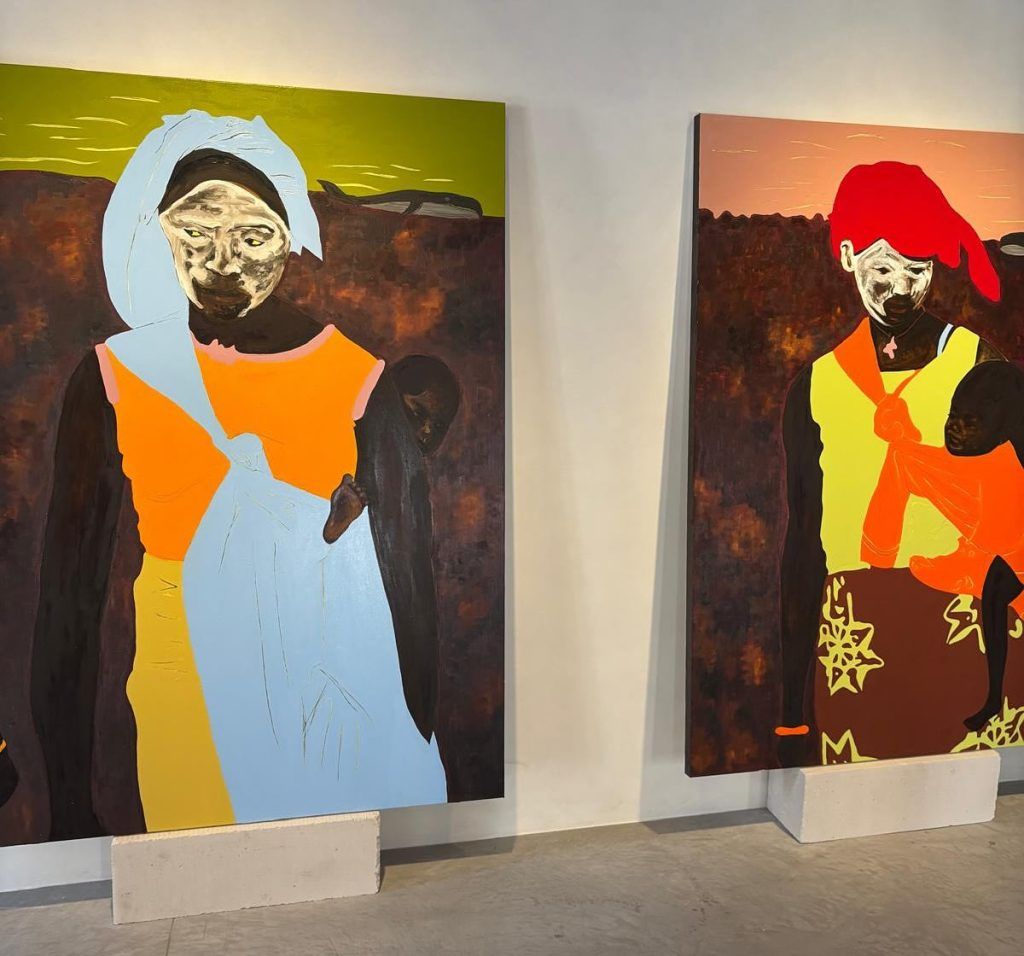
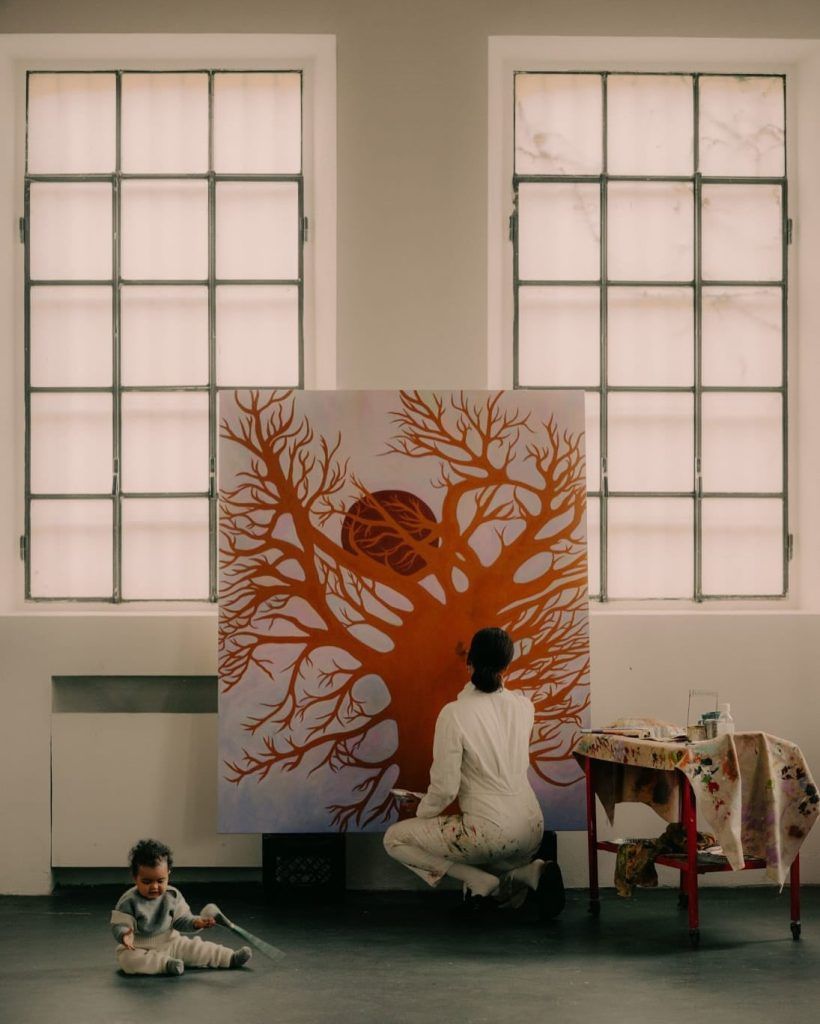
- Zandile Tshabalala – South Africa
Zandile Tshabalala is a figurative painter from Soweto, South Africa, whose work rewrites the role black women historically played in art history.
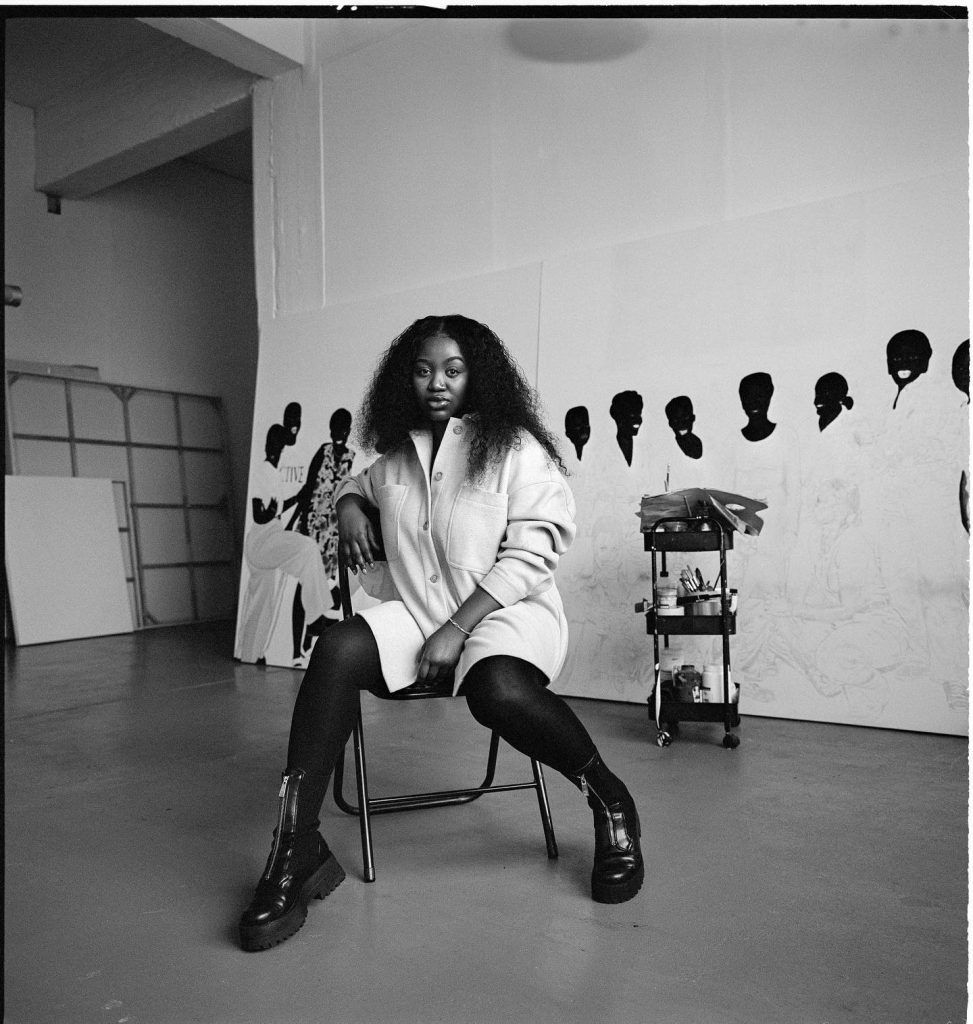
Inspiration: Her paintings often reference other painters in the art canon, like Kerry James Marshall, Henri Rousseau and Njideka Akunyili-Crosby. She reworks their paintings to fit her own narrative. Other inspirations include Beyoncé, her mum, and personal life experiences.
Why we love her work: By painting black woman into spaces normally reserved for white women in art history – for example reclining on chaise lounges in artists’ studios – Tshabalala attempts to insert them into the canon that previously excluded and marginalized them.
Photo by @buka_andile
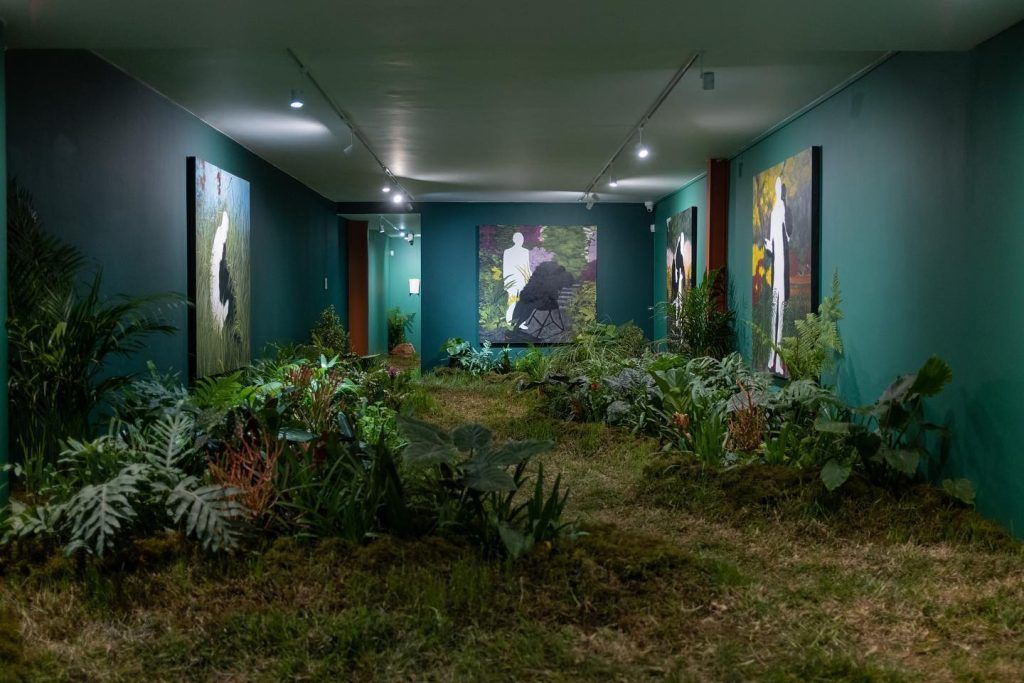
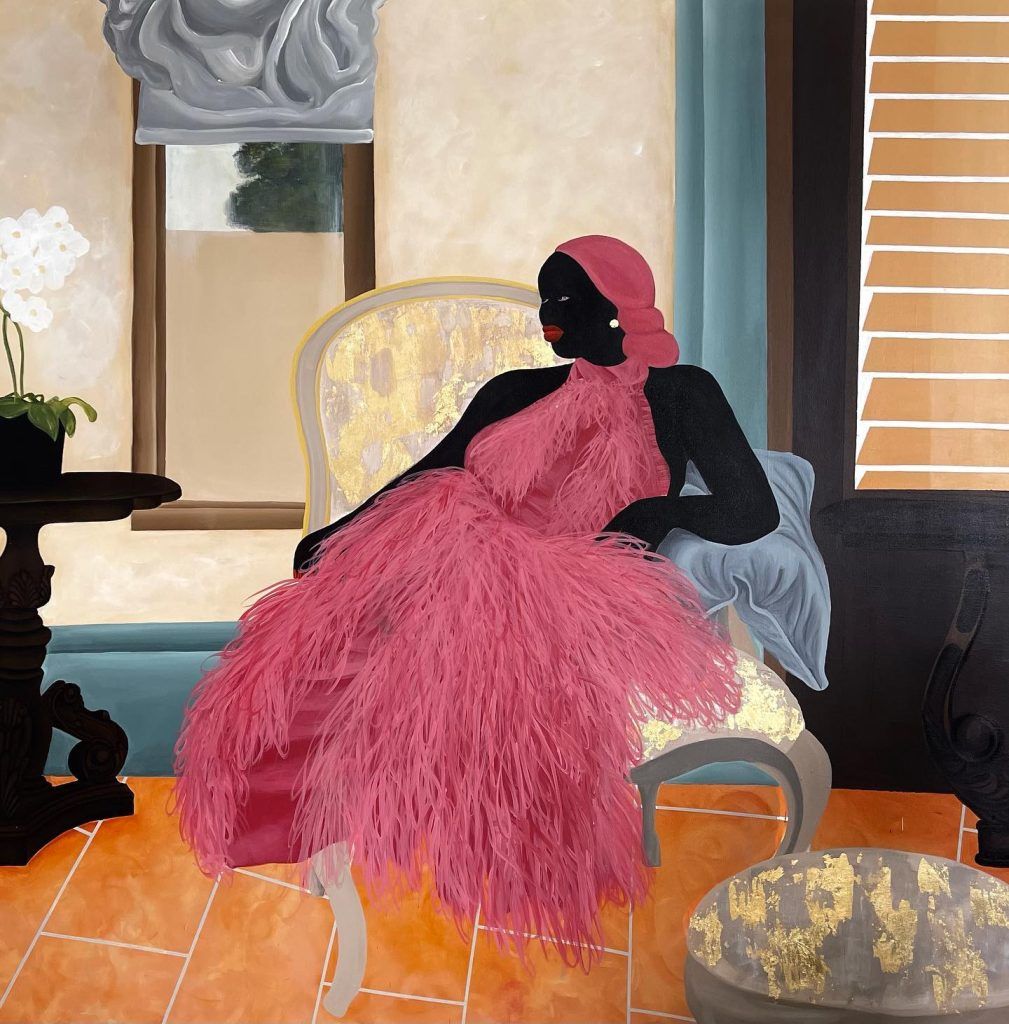
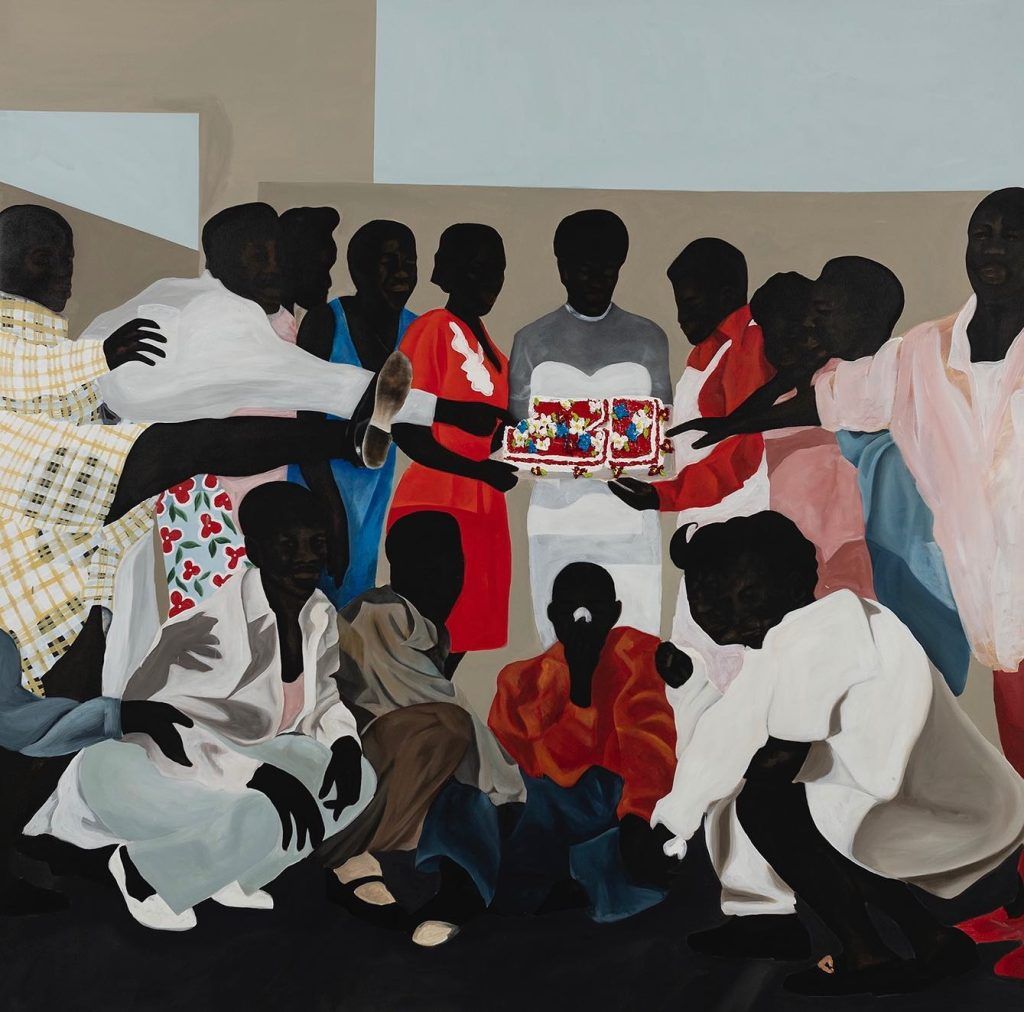
- Amina Agueznay – Morocco
Amina Aqueznay is a multimedia artist whose work incorporates elements of architecture, design, fashion, jewellery and artisanal weaving. Born in Casablanca, she now lives and works in Marrakech.
Inspiration: Aqueznay studied and practiced architecture, and also trained as a jewellery designer, before turning to art. Due to her background in these two mediums, a recurring feature of her work is the ability to navigate with ease between the miniature and the monumental. Each project is a collaboration with local artisans.
Why we love her work: Her monumental woven installations have an otherworldly, immersive quality to them, reminiscent of doors to other worlds. In 2024 she received the prestigious Norval Sovereign African Art Prize for her woven palm husk installation, Portal #1, that was made in collaboration with Berber women in Southern Morocco.
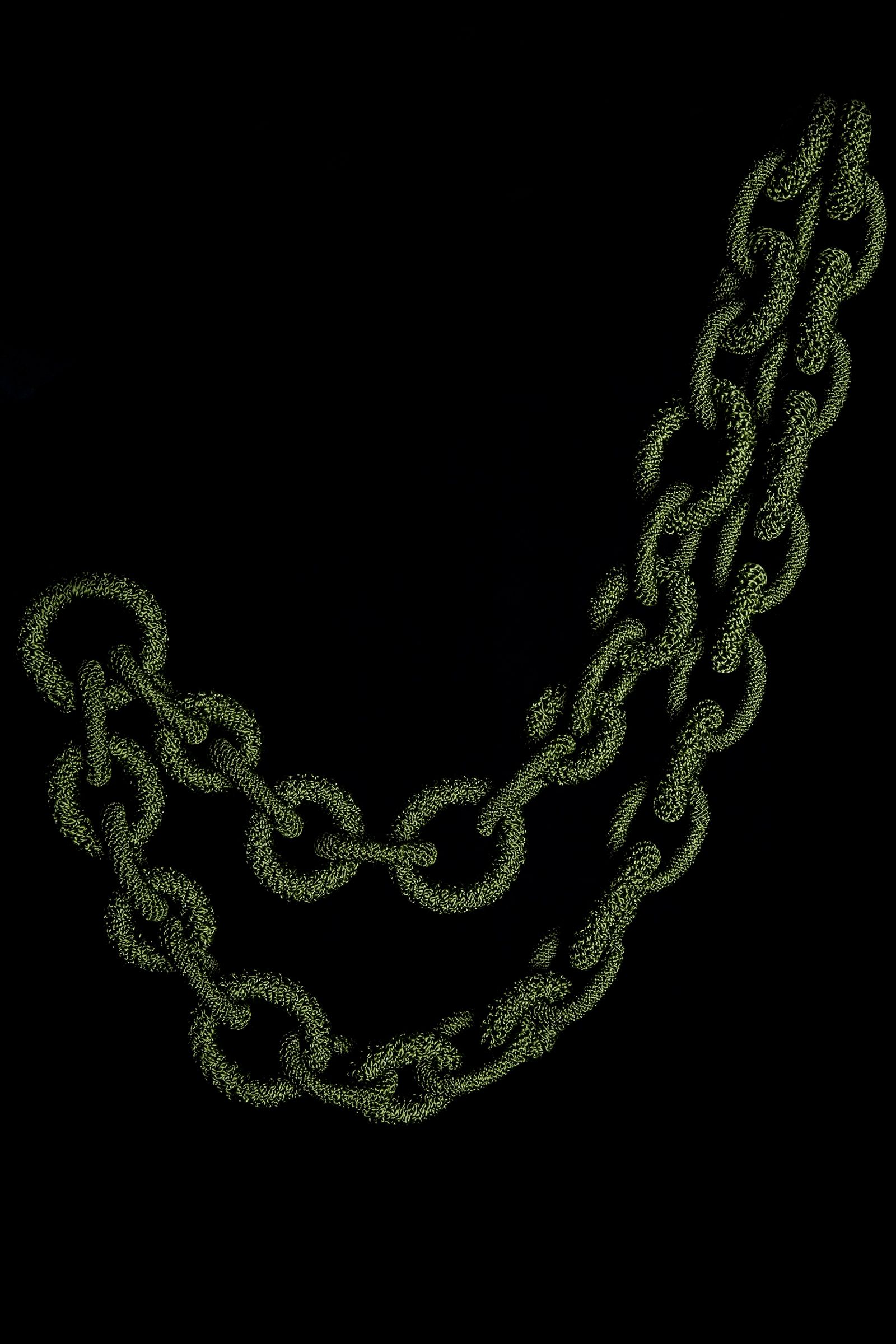
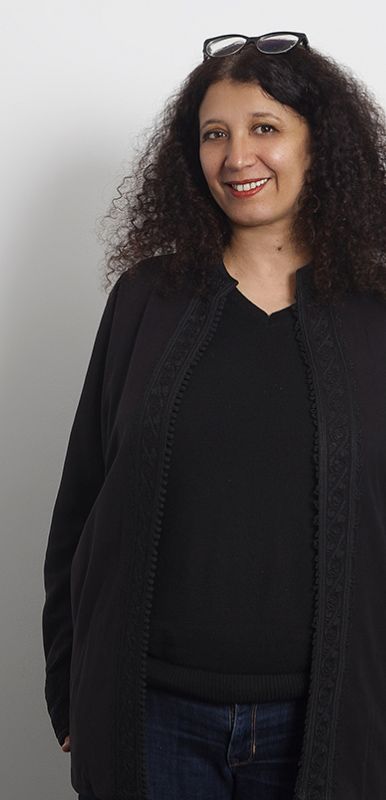
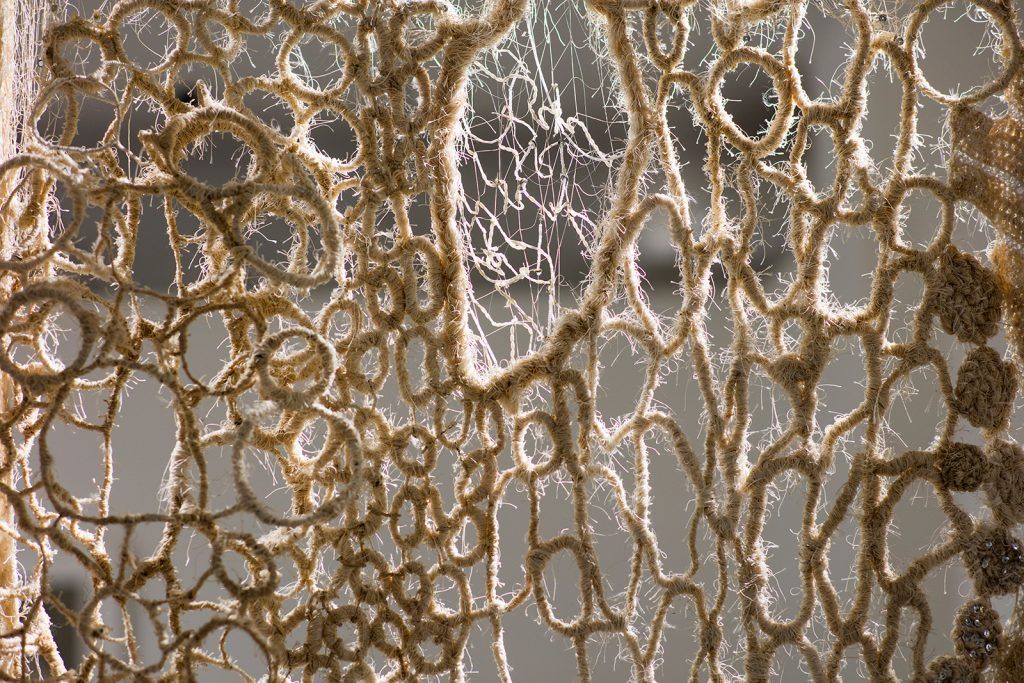
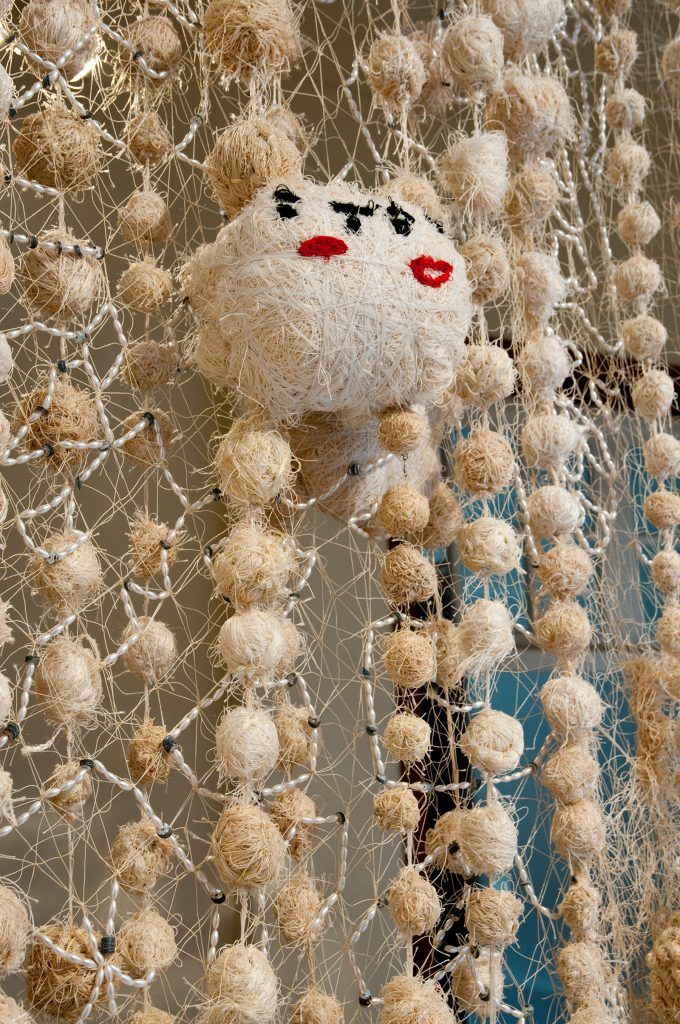
6 . Ange Dakouo – Mali
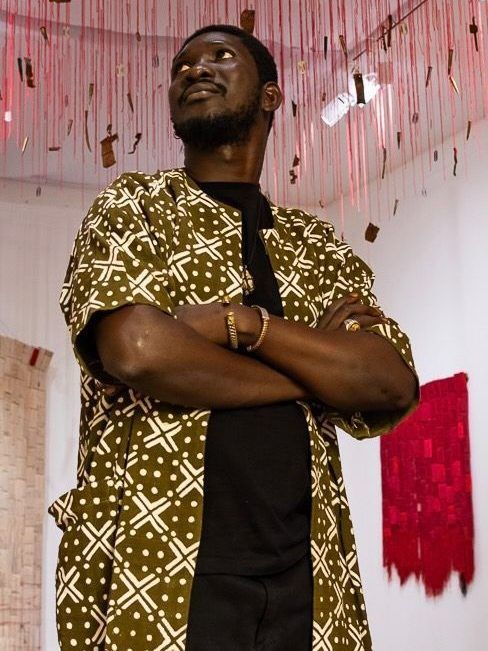
Ange Dakouo is a multidisciplinary artist whose work elevates Malian traditions while also engaging with modern societal issues.
Inspiration: Dakouo draws inspiration from the gris-gris amulets that Malian Donso hunters wear for protection. He often incorporates folded newspaper (a homage to his father, who used to work as a printer) and bound cotton thread.
Why we love their work: His evocative woven tapestries merge traditional artisanal weaving and dying techniques with contemporary artistic frameworks to address social injustice. Each work speaks to his belief that art has the power to transform society and fight against indifference.
Photo via @afikaris_
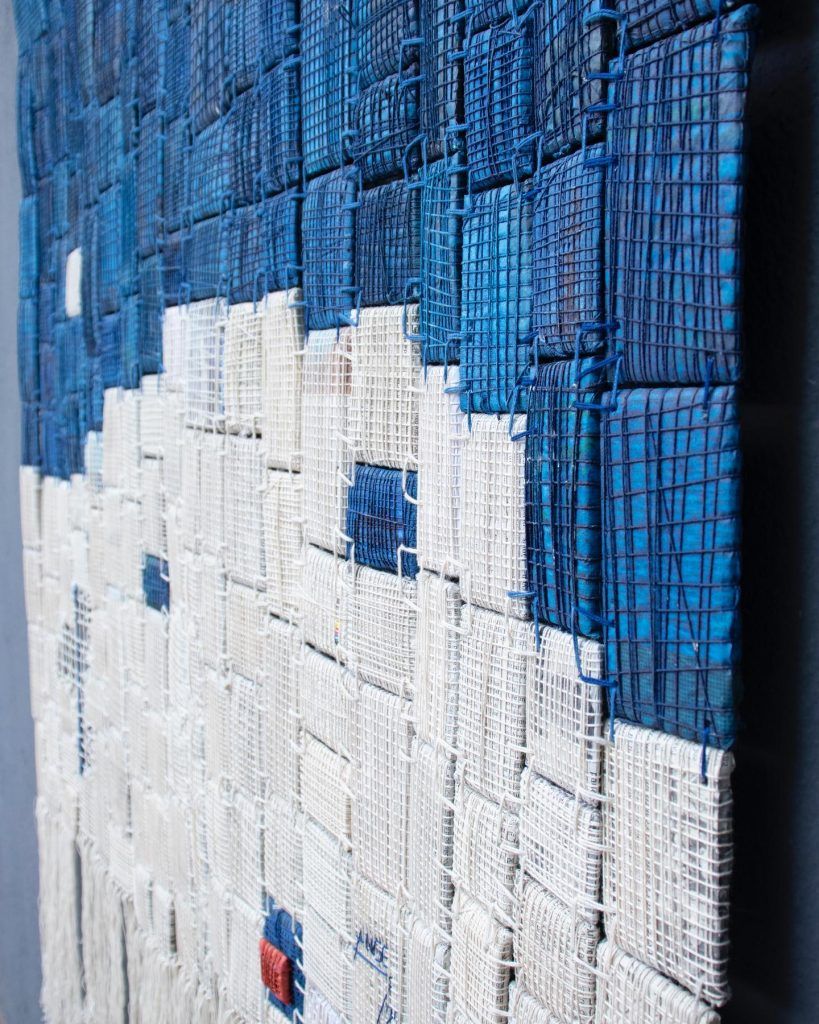
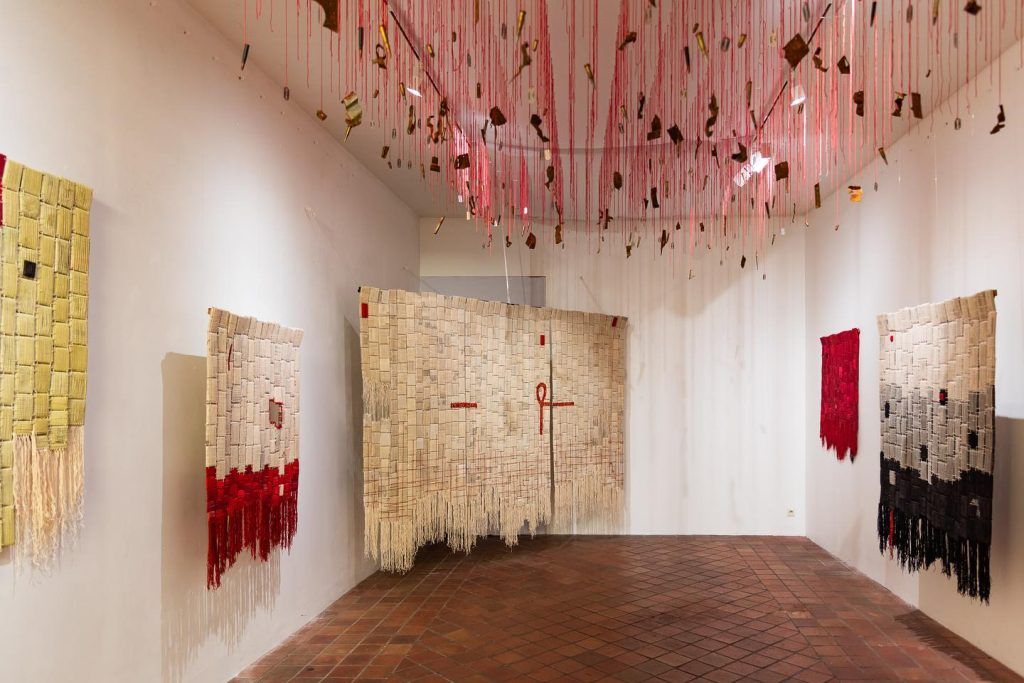
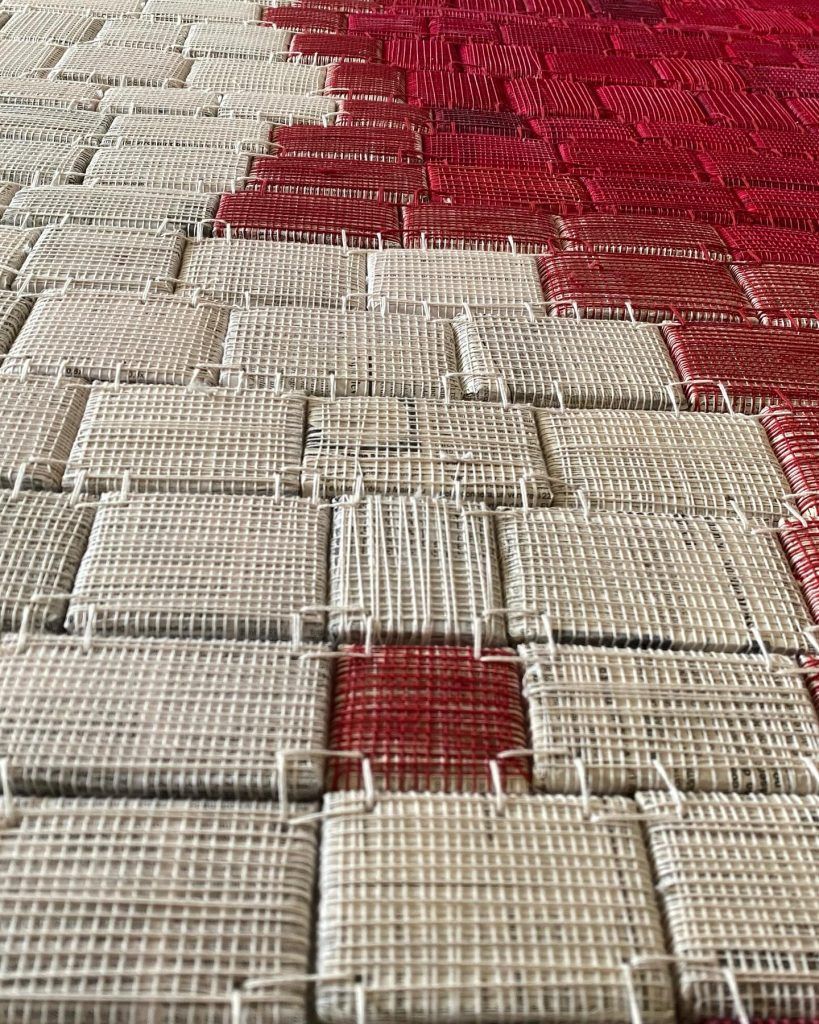
- Sungi Mlengeya – Tanzania
Hailing from Dar es Salaam, Tanzania, Sungi Mlengeya is a self-taught artist, who started her career in finance, before pivoting to art. Her minimalist paintings of figures in shades of brown and black often brim with kinetic energy.
Inspiration: Her work commemorates the women in her life (family, friends and acquaintances) as well as the joy and freedom of dance and physical movement. It is an exploration of what the body can express without words.
Why we love her work: While her colour palette is minimalist, her subjects dance through negative space, teeming with expression and life. More often than not they maintain eye contact with the viewer, their gazes embodying a rebellious sense of defiance and empowerment.
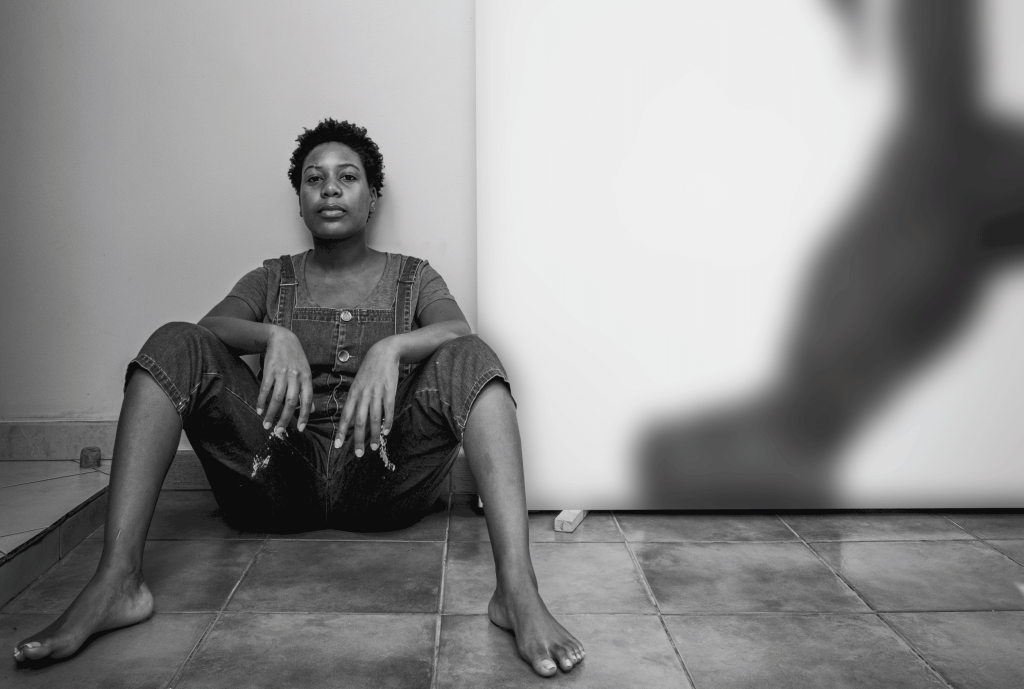
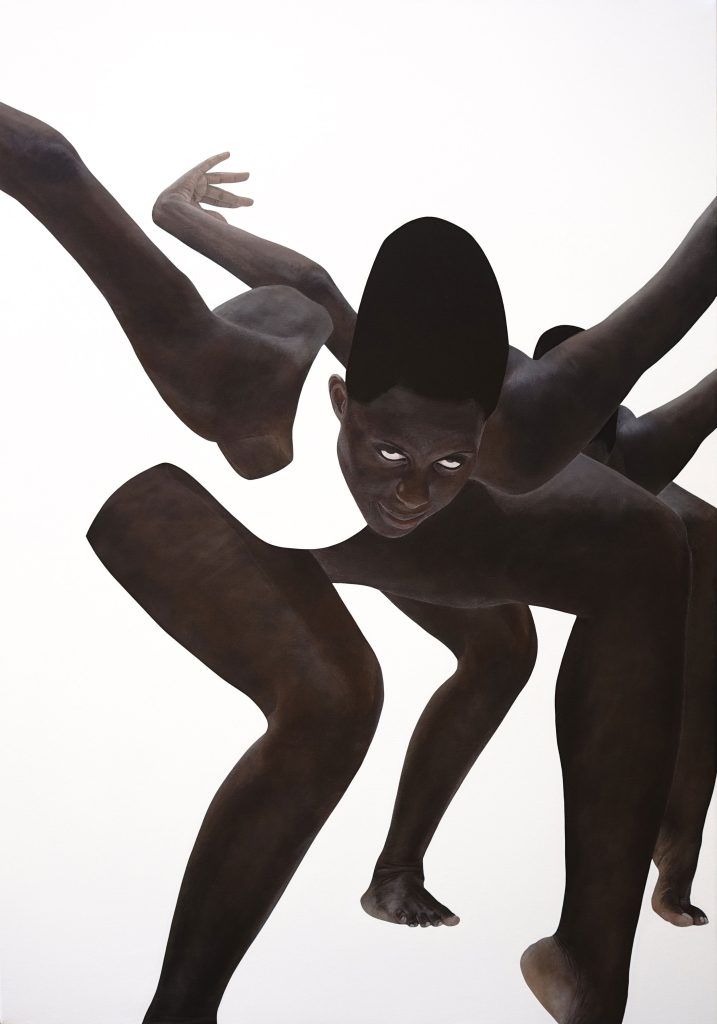
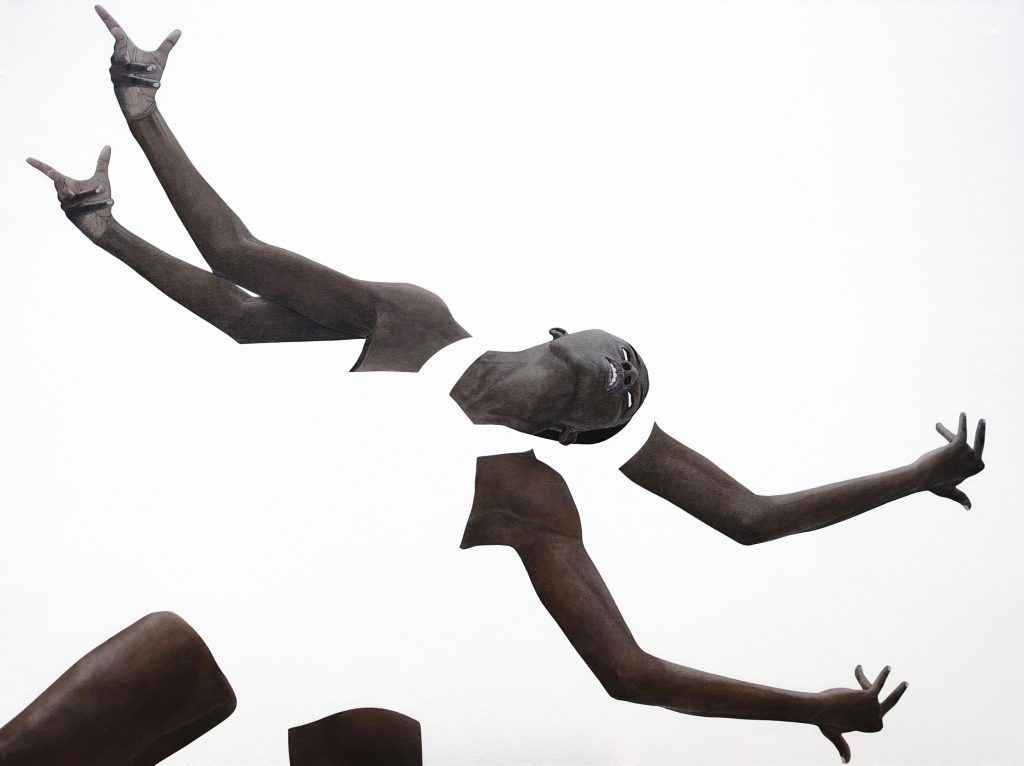

- Stacey Gillian Abe – Uganda
Stacy Gillian Abe is an award-winning contemporary artist. Born in Kampala, where she currently lives and works, her work interrogates depictions of black women (both historic and current). Her work crosses different mediums: from photography to painting, sculpture, performance art and mixed media.
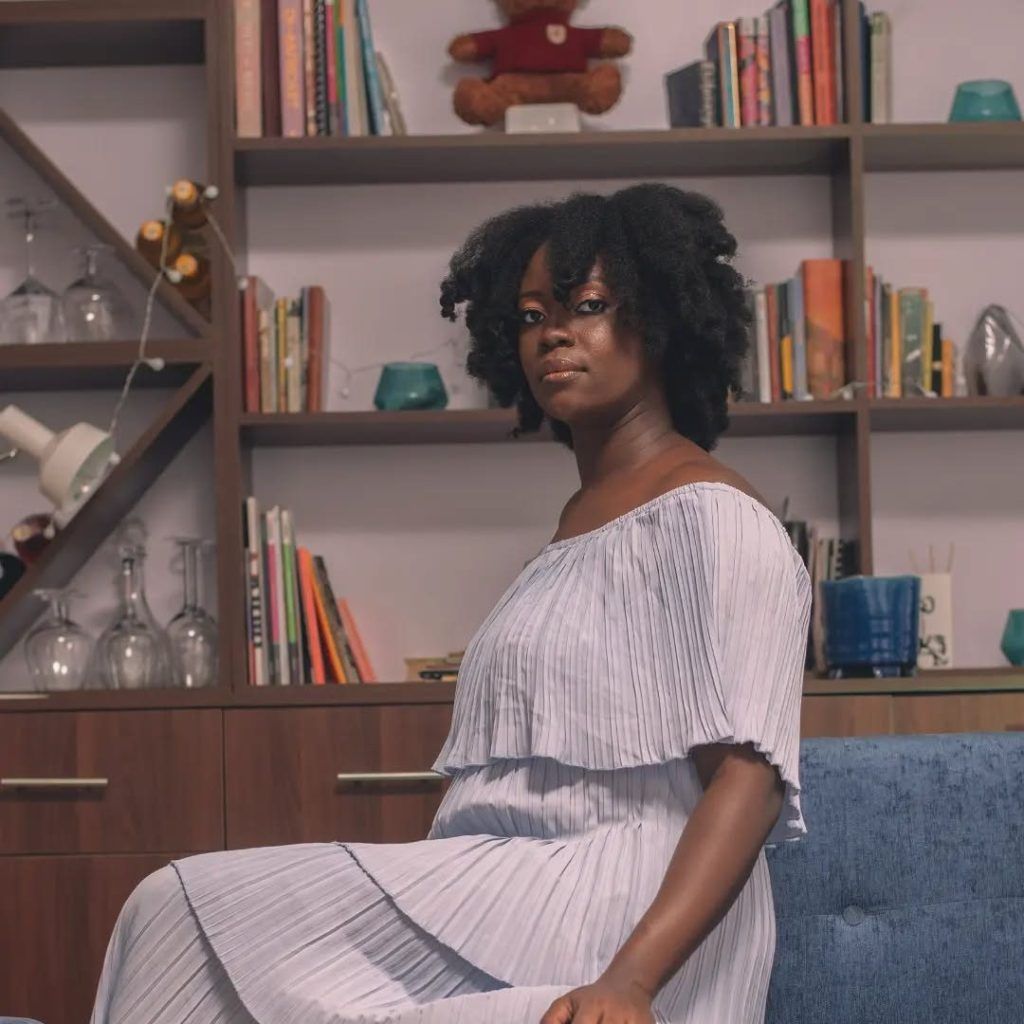
Inspiration: Identity, gender, cultural mysticism and spirituality. Abe says her concepts are more or less birthed from a personal context and then blown out of proportion, shrunk, distorted or disintegrated from which all possible meaning and interpretations are shifted.
Why we love her work: Her work often features arresting indigo-hued female bodies that subvert conventional depictions of black women. The choice of the colour indigo is a reference to the transatlantic slave trade, where one length of indigo cloth was valued as equivalent to one black body.
Photo via @konfektmagazine By @eric_okurut
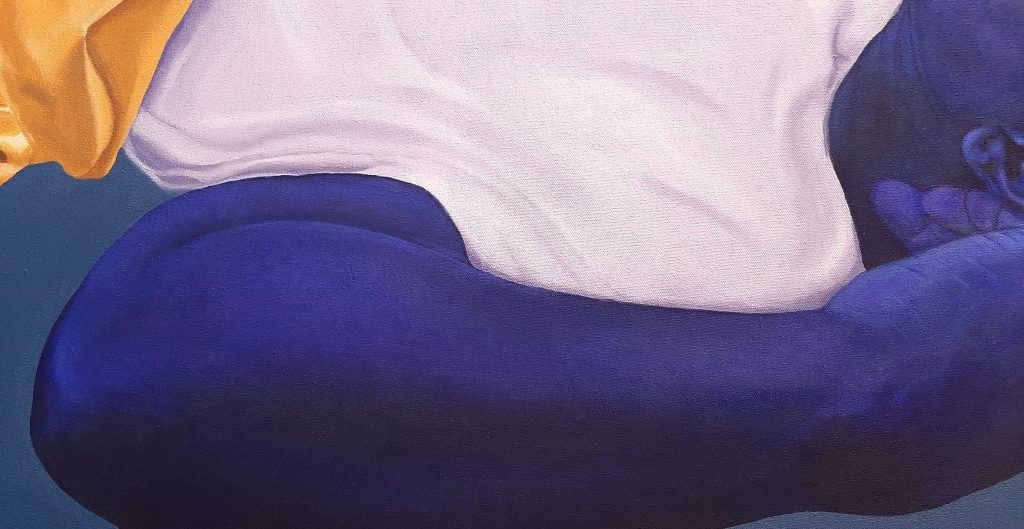
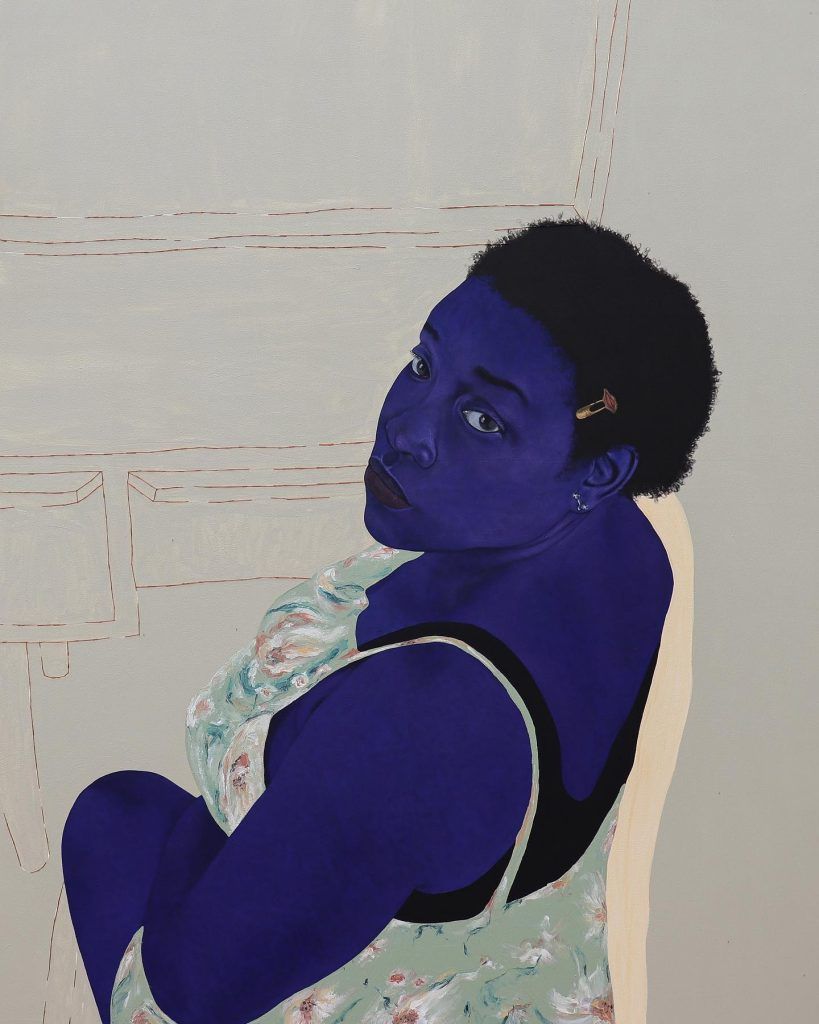
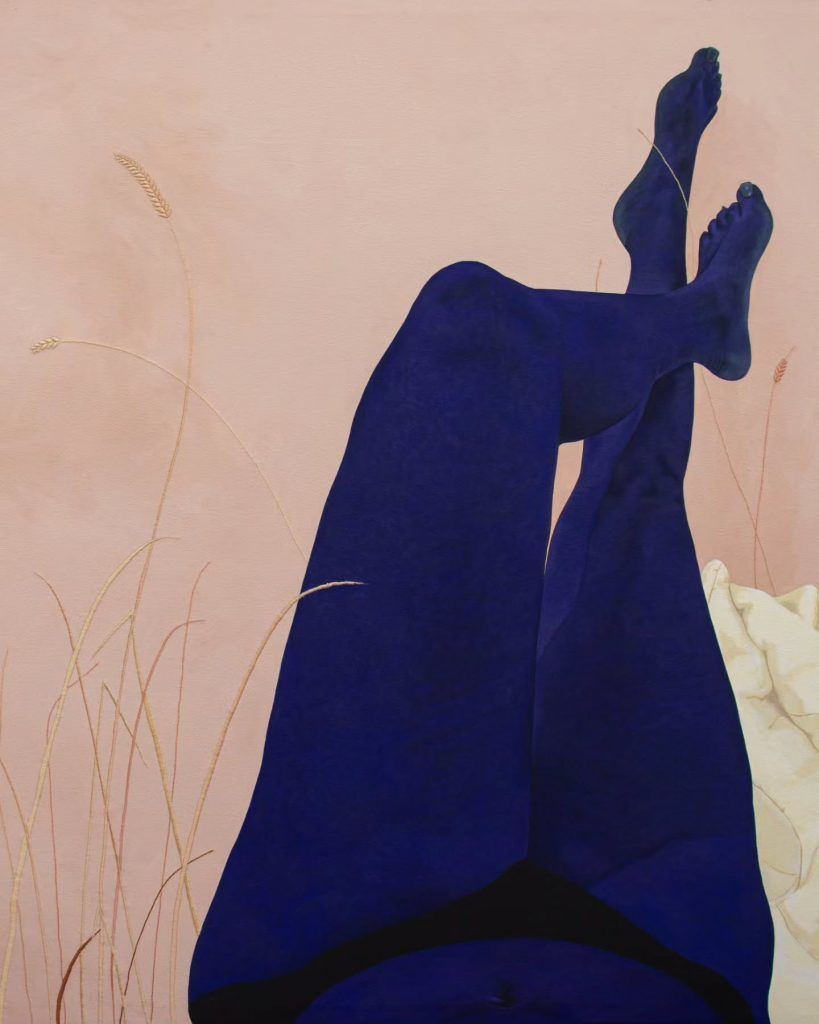
- Zohra Opoku – Ghana
Born in Germany and currently living and working in Accra, Opoku’s art interrogates her dual German/Ghanian ancestry. She often uses family photographs as well as photographs of herself that she screen-prints onto pre-dyed natural fabrics and hand stitches and embroiders.
Inspiration: Her interest in textiles stems from a background in fashion as well as childhood memories of watching her mother and grandmother sew, knit and embroider.
Why we love her work: It explores the politics of personal identity formation in arresting and thought-provoking ways. Her installation, “Give Me Back My Black Dolls” for example, features 100 Caucasian dolls imported from China, dyed black with Nigerian shoe ink and dressed in Ghanaian tie-dye clothing. The title of the installation references a line by the poet Léon-Gontran Damas and the absence of black dolls in childhood spaces and how this influences our perception of beauty.
Photo via @marianeibrahimgallery
By : @nfoningraphy
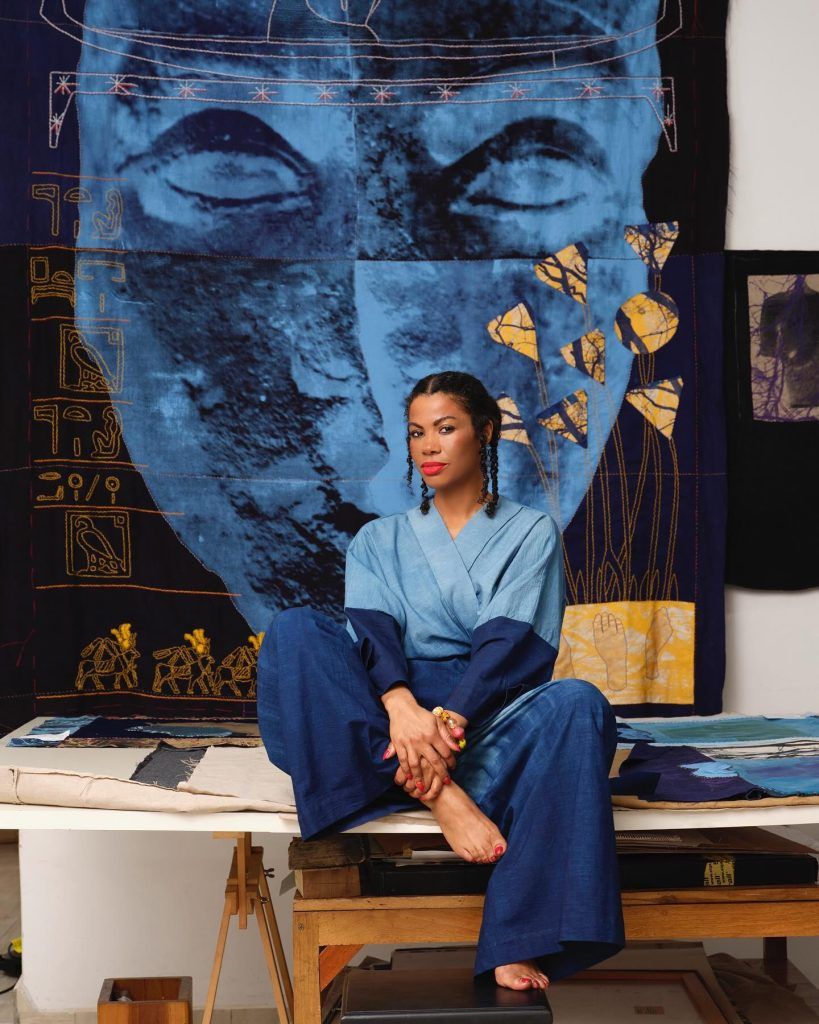
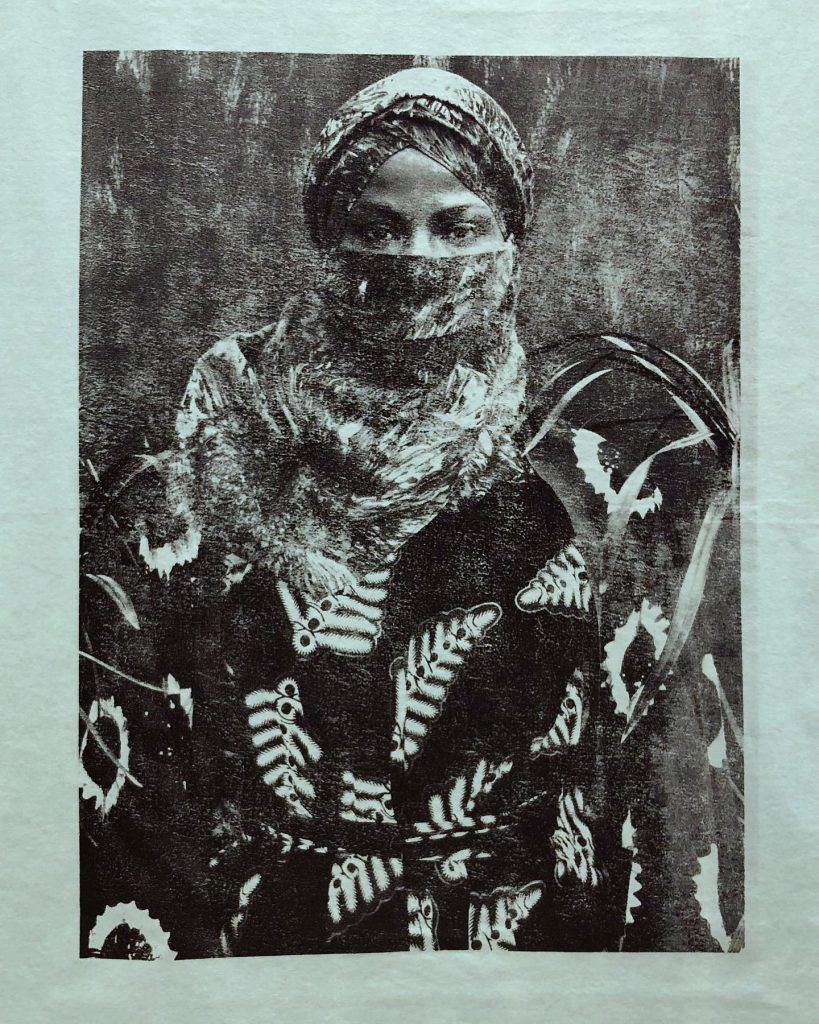

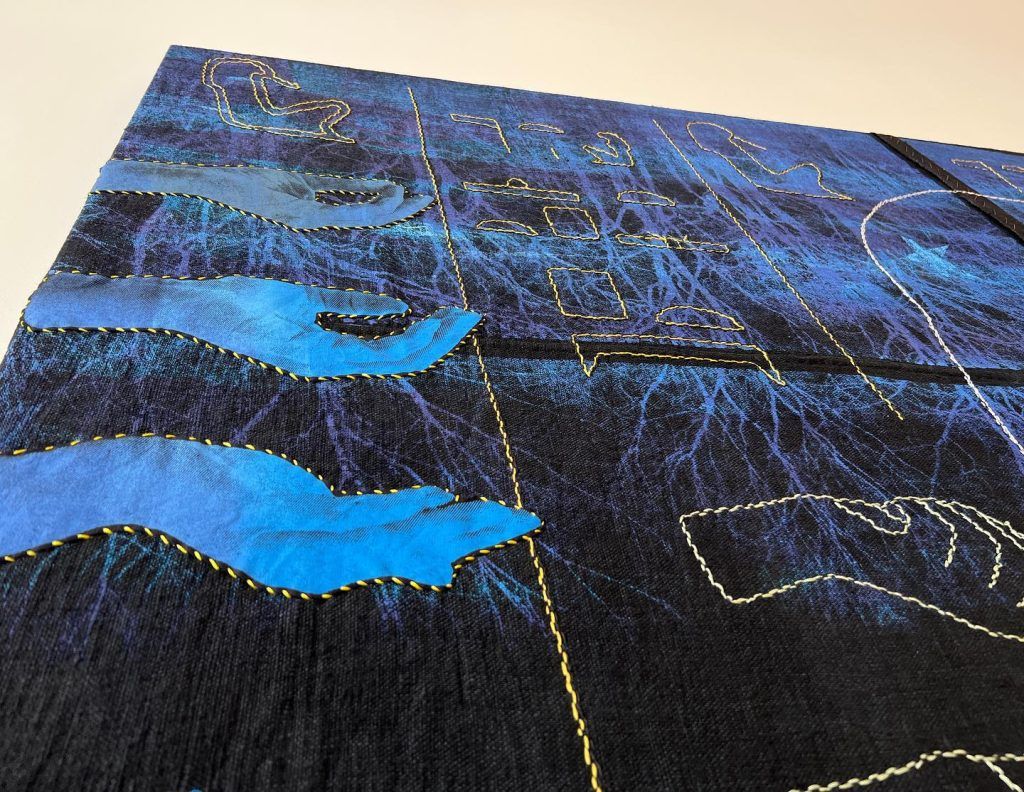
- Jean-David Nkot – Cameroon
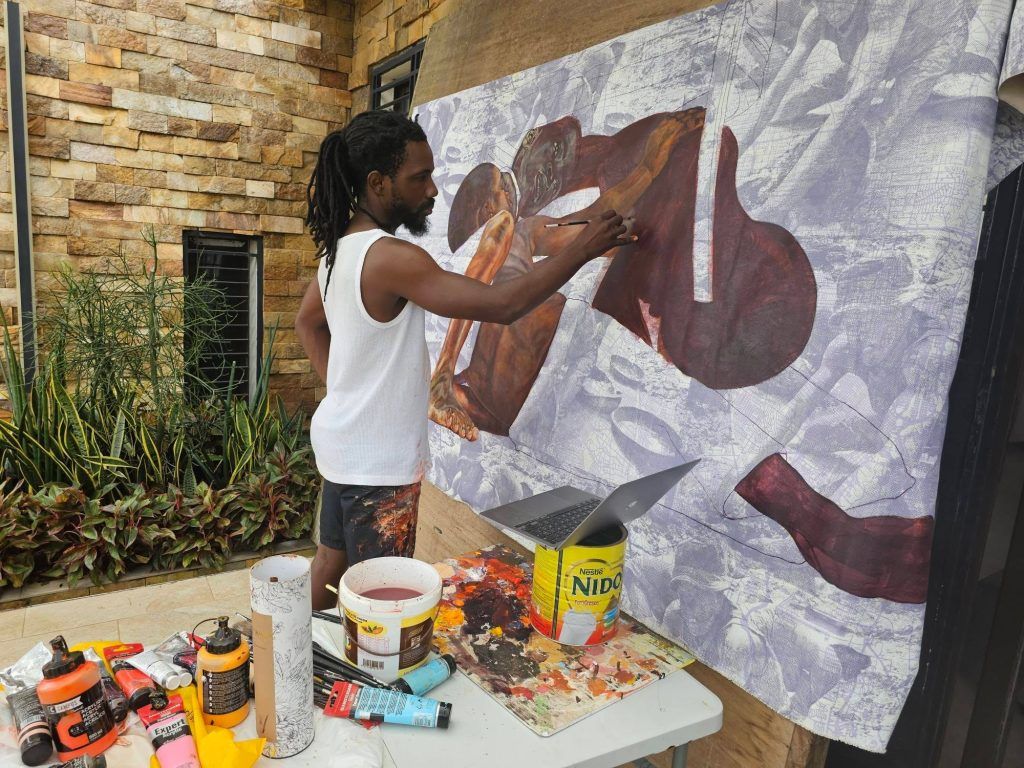
Originally from Cameroon, the painter, Jean-David Nkot explores the difficult subject of migration through emotive, colourful portraits of migrants painted over maps; country borders often criss-crossing his subjects’ bodies. He uses a range of mediums, including paint, silkscreens and India ink.
Inspiration: Emotive figurative painters like Francis Bacon, Jenny Saville, Zhang Dali.
Why we love his work: It moves us and asks us to confront our own views on migration and our indifference towards victim states.
